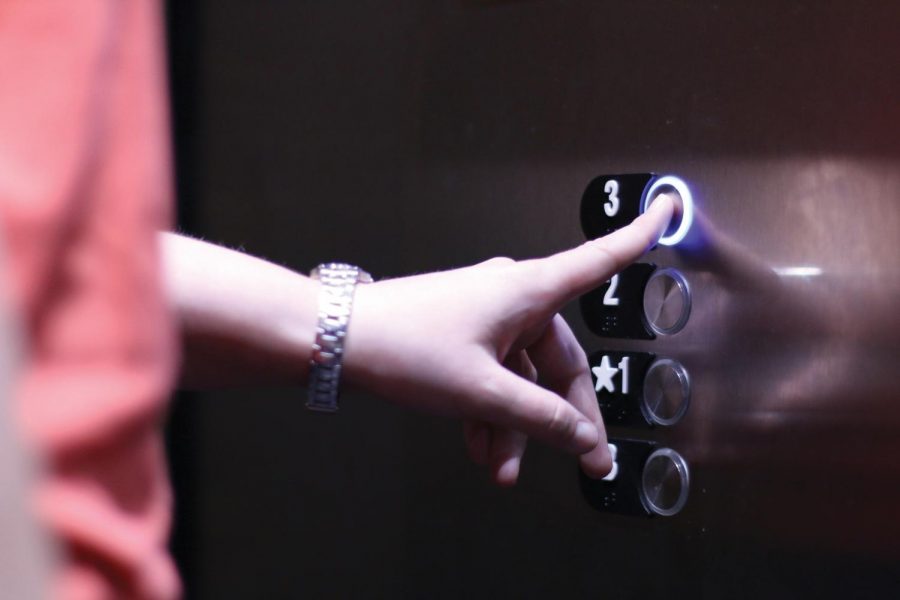Bibb Graves Hall elevator satisfied UNA’s ADA requirements
January 14, 2016
Need a lift to class this semester? The new elevator in Bibb Graves Hall can help students, faculty and staff easily navigate the historical campus building.
After financial setbacks, the elevator project started in June 2015, said Facilities Administration and Planning Project Manager Kevin Hudson. The elevator passed final state inspection Dec. 16, he said.
“The product is fantastic,” said Vice President for Business and Financial Affairs Clinton Carter. “If you’ve ridden on the elevator, you’ll know it is about as smooth as a ride as you’ll ever find. You don’t even notice that the floor is moving.”
The construction crew removed the chair lift that previously provided transportation for disabled students, faculty and staff after the elevator passed inspection.
Hudson said the chair often broke and needed constant repairs.
“The chair lift was dated,” he said. “Actually, you can’t buy parts for that model anymore. (Now), we have something reliable in the building.”
He said the lift satisfied the university’s American Disabilities Act requirements, but it could not when it was broken. Now, the elevator satisfies that requirement, he said.
While not every building on campus has an elevator, others have ADA features like wheelchair ramps and chair lifts.
Hudson said Facilities Administration and Planning is working hard to bring the campus up-to-date on ADA requirements. He said there are many future projects that will help the campus be more friendly to disabled students, faculty and staff.
The final cost of the elevator is about $530,000, Carter said.
Carter said the university spread the expenses across two years. He said they took $250,000 from the 2015 Facilities Fee and $280,000 from the 2016 Facilities Fee.
While the ride on the elevator is smooth, the road to its completion came with many bumps and turns, Hudson said.
“It was a challenge getting an elevator in a building that was built in 1929,” Hudson said.
Some of these difficulties added to the cost of the project, he said. Because the building did not previously have a space for an elevator, access to the site was limited. Hudson said the contractors had to mix concrete and lay cinder blocks by hand, adding to the labor cost.
Due to heavy student and employee traffic during the day, contractors had to complete most of the construction at night, he said.
He said the high cost of the manual labor for the project is the reason why the board of trustees had to raise the budget and re-bid.
“We were somewhat subject to the ebbs and flows of the market as far as overall construction prices,” he said. “We do our best job that we can at estimating that initial cost.”
“I think it’s great that they finally put an elevator in there,” said sophomore Bria Paschal. “I will definitely be using it and I know for a fact other students will, too.”


